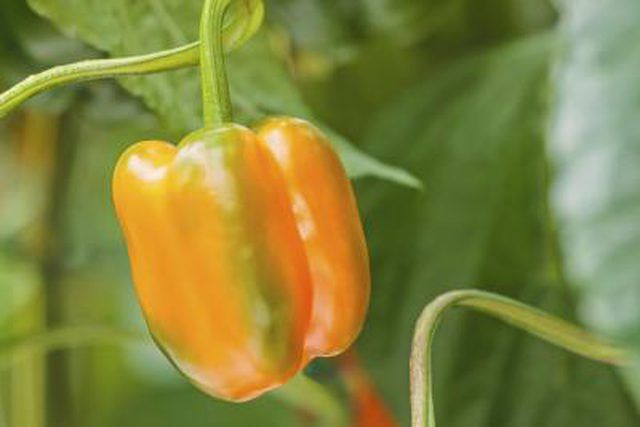Bulbs
Flower Basics
Flower Beds & Specialty Gardens
Flower Garden
Garden Furniture
Garden Gnomes
Garden Seeds
Garden Sheds
Garden Statues
Garden Tools & Supplies
Gardening Basics
Green & Organic
Groundcovers & Vines
Growing Annuals
Growing Basil
Growing Beans
Growing Berries
Growing Blueberries
Growing Cactus
Growing Corn
Growing Cotton
Growing Edibles
Growing Flowers
Growing Garlic
Growing Grapes
Growing Grass
Growing Herbs
Growing Jasmine
Growing Mint
Growing Mushrooms
Orchids
Growing Peanuts
Growing Perennials
Growing Plants
Growing Rosemary
Growing Roses
Growing Strawberries
Growing Sunflowers
Growing Thyme
Growing Tomatoes
Growing Tulips
Growing Vegetables
Herb Basics
Herb Garden
Indoor Growing
Landscaping Basics
Landscaping Patios
Landscaping Plants
Landscaping Shrubs
Landscaping Trees
Landscaping Walks & Pathways
Lawn Basics
Lawn Maintenance
Lawn Mowers
Lawn Ornaments
Lawn Planting
Lawn Tools
Outdoor Growing
Overall Landscape Planning
Pests, Weeds & Problems
Plant Basics
Rock Garden
Rose Garden
Shrubs
Soil
Specialty Gardens
Trees
Vegetable Garden
Yard Maintenance
The Life Cycle of the Pepper Plant
The Life Cycle of the Pepper Plant. Peppers are members of the Capsicum genus, which is part of the Solanaceae or nightshade family. Domesticated peppers are typically members of one of five species: annuum, baccatum, chinense, futescens or pubescens. They range in heat from mild to dangerously hot. Some, like the ghost pepper and the Naga Morich,...

Peppers are members of the Capsicum genus, which is part of the Solanaceae or nightshade family. Domesticated peppers are typically members of one of five species: annuum, baccatum, chinense, futescens or pubescens. They range in heat from mild to dangerously hot. Some, like the ghost pepper and the Naga Morich, have tested at more than 1 million Scoville Heat Units. All Capsicum plants share the same life cycle: germination, growth, pollination, fruiting and ripening.
The Seeds Germinate
Because peppers are tropical plants, they germinate best in warm soil temperatures. Temperatures between 75 and 85 degrees Fahrenheit work well, the optimal temperature being 85 degrees. The seeds need to be covered with about 1/4 inch of moist soil. Even the healthiest pepper seeds germinate slowly. Though some seeds will come up in a week or 10 days, others can take as long as four to six weeks to germinate. When they come up they will have two long, pointed leaves.
The Plant Grows
Because peppers germinate so slowly, gardeners in cooler climates typically plant their seeds indoors in pots. At six weeks after emergence, the root system will be large enough that the pepper seedlings will need a pot at least four inches across. At eight weeks the plant will have several leaves and can be transplanted to the garden. Peppers need warm weather to prosper, and should not be put outside until at least two weeks after your average last frost date. If you are having a cool spring, keep them inside until the daytime temperatures get at least into the 60s.
The Flowers are Pollinated
Some peppers self pollinate; some cross pollinate. According to Samuel Contreras of the Departamento de Ciencias Vegetales at the Pontificia Universidad Catolica de Chile, cross pollination occurs between eight and 37 percent of the time. Peppers can self pollinate by dropping pollen directly from the anthers to the stigma. However, when insects visit the flowers, they can cross pollinate the flowers, taking pollen from one flower and bringing it to another flower.
The Plant Sets Fruit
When the ovary of the flower is fertilized, the pepper plant sets fruit. The ovary grows into a fleshy pericarp that encloses two or more locular cavities. The pericarp of the pepper is the edible walls of the ovary. The pericarp grows and thickens to form the pepper. The locular cavities are the hollow chambers inside the pepper in which the seeds form.
The Fruit Ripens
Once the fruit has grown to its mature size, it begins to ripen. Immature peppers are always green. As the fruit matures, the seeds mature, and the sugars and flavor compounds accumulate in the flesh of the pepper. The chlorophyll in the pepper also breaks down, causing the pepper to change from green to its mature color, which can be anything from red (the most common color) to yellow, orange or purple. [reference 6] If the pepper is an open pollinated variety, the ripe seeds can be planted to produce the next generation of peppers.